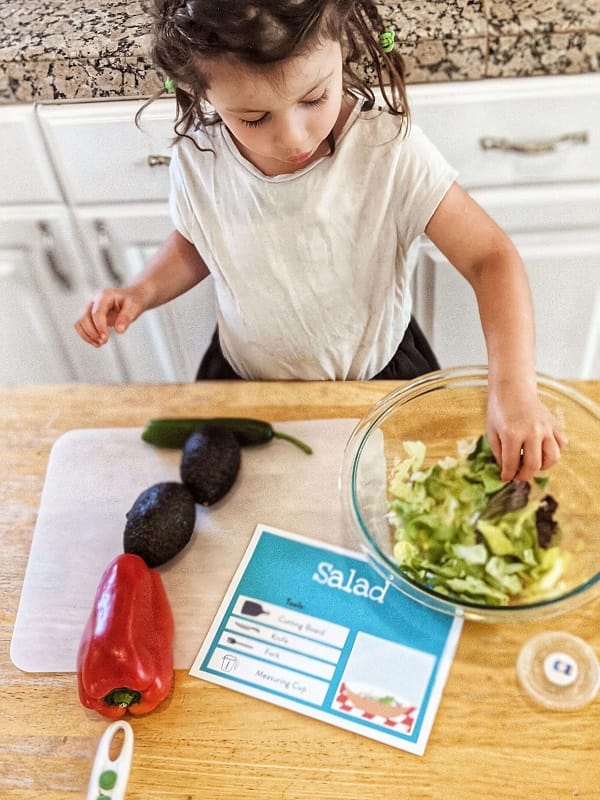Welcome to Smart Substitutions July Edition! This is where we introduce a small change that you can make in your daily cooking habits to create foods that are delicious and a little bit healthier. This month’s feature substitution: Canola Oil.
What:
Canola oil is a vegetable oil that comes from the rapeseed plant. For marketing reasons, the manufacturers decided against calling it rapeseed oil (a good call on their part). According to the Canola Oil Council, the word “Canola” comes from the word “Canada” + “ola” (meaning oil). Put them together and boom, you have canola. So you can’t grow and make your own canola at home. There are international standards for what constitutes canola oil, so you can trust anything labeled “canola” to be exactly what you expect.
Where:
Canola is found everywhere. It’s one of the most used oils in the world, and can be found in pretty much every supermarket or even 7 Eleven. It comes in various sizes, ranging from the tiny little 24 ounce bottles, to the giant 50 LB containers.
Why:
This oil is one of the lowest in saturated fats, even lower than olive oil. It’s also pretty high in those always important omega-3 and omega-6 acids. So there are plenty of healthy reasons to starting cooking with it. And unlike some other healthy oils, canola oil won’t add it’s own flavor to cooking or baking. Canola also has a pretty high smoke point, at 450 degrees F, which means you can heat your pan up to that temperature before it starts burning. That makes this oil a great choice for sauteing or any other high heat cooking.
Canola has gotten some negative attention from people because of how it’s processed. Fortunately, Canola oil still remains a healthy substitute, as long as you don’t use it for deep frying.
When:
Canola oil can be substituted for any liquid fat. That is anytime you are sauteing, making a dressing or baking with melted butter, you can use canola oil instead of butter (or any other solid fat.) When a recipe calls for room temperature butter, it’s a little harder to use canola oil instead, especially if you’re trying to get a certain texture. Butter and other solid fats are much better at incorporating air than liquid fats, and, as a pastry chef, I personally would never even attempt to make canola oil buttercream. (It’s called buttercream for a reason.)
It’s also worth noting that oils are 100% fat, while butter is actually about 80-85% fat, (depending on the type of butter you have). When you do substitute canola oil for butter, it’s always good to understand that you may actually be increasing the fat if you do a 1:1 substitution. Instead, you can do some math. Just multiply the amount of butter by .8 and that’s how much oil you should substitute. You can add back in some of the missing liquid as plain old water.

